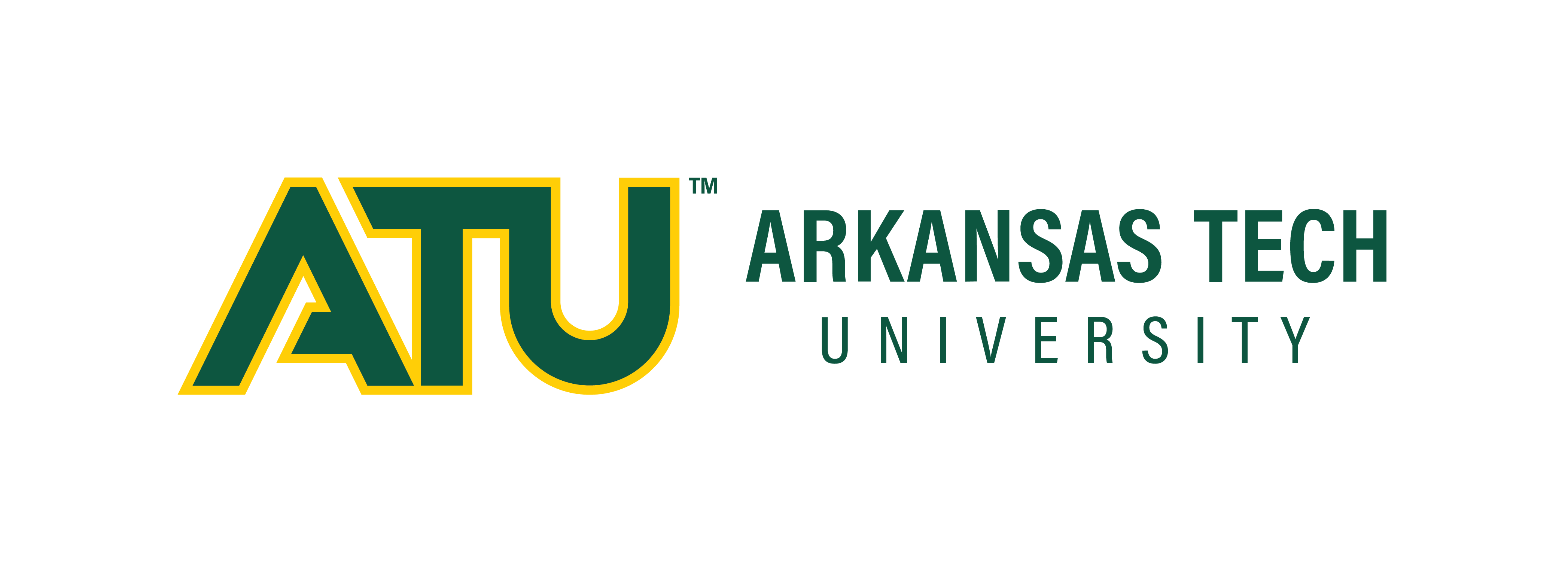Program Type
Graduate
Faculty Advisor
Rejina Manandhar
Document Type
Poster
Location
Face-to-face
Start Date
18-4-2024 4:00 PM
Abstract
This study examines the social media risk communication activities of public organizations during the March 2023 Arkansas Tornadoes. The research question for this study is “what information was communicated to the public during the March 2023 Arkansas Tornadoes?” The data for the study was collected by reviewing the Facebook posts of 22 public organizations for a seven-day period (March 30 -April 5, 2023). The data thus collected was analyzed by using qualitative content analysis approach. The findings suggest that most of the organizations only communicated to the public after the tornadoes. The message content disseminated before and during the tornado included information on hazard, guidance, location, and source. Contrary to this, the post-disaster messages focused on hazard impact, advisory, infrastructure status, assistance, and resilience. The findings further indicate seven types of message style: imperative, declarative, interrogative, exclamatory, empathetic, signifier, and emphasis. This research will discuss these findings and provide recommendations for effective risk communication when using social media platforms.
Recommended Citation
Sappington, Will and Rafferty, Andrew, "Social Media Risk Messaging during the March 2023 Arkansas Tornadoes: A Qualitative Approach" (2024). ATU Research Symposium. 63.
https://orc.library.atu.edu/atu_rs/2024/2024/63
Included in
Social Media Risk Messaging during the March 2023 Arkansas Tornadoes: A Qualitative Approach
Face-to-face
This study examines the social media risk communication activities of public organizations during the March 2023 Arkansas Tornadoes. The research question for this study is “what information was communicated to the public during the March 2023 Arkansas Tornadoes?” The data for the study was collected by reviewing the Facebook posts of 22 public organizations for a seven-day period (March 30 -April 5, 2023). The data thus collected was analyzed by using qualitative content analysis approach. The findings suggest that most of the organizations only communicated to the public after the tornadoes. The message content disseminated before and during the tornado included information on hazard, guidance, location, and source. Contrary to this, the post-disaster messages focused on hazard impact, advisory, infrastructure status, assistance, and resilience. The findings further indicate seven types of message style: imperative, declarative, interrogative, exclamatory, empathetic, signifier, and emphasis. This research will discuss these findings and provide recommendations for effective risk communication when using social media platforms.


